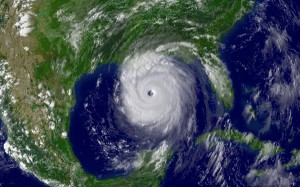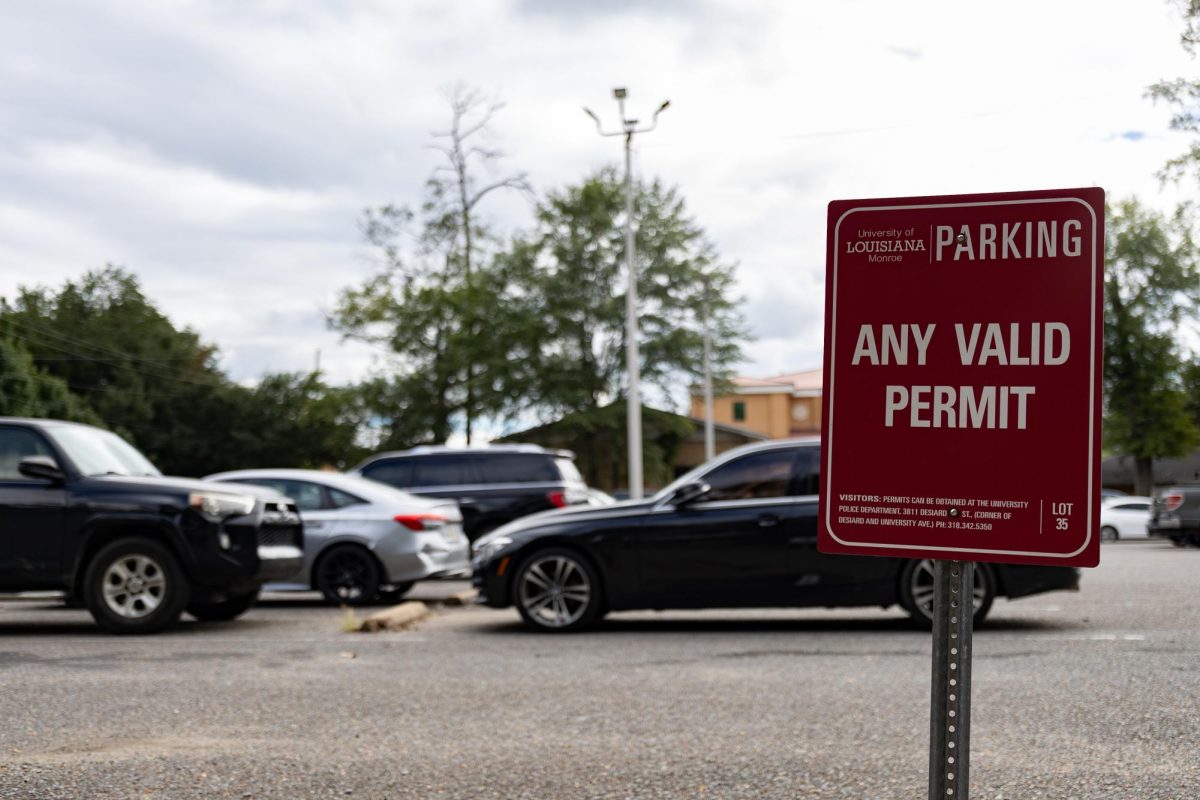 Today marks the six-year anniversary of Hurricane Katrina, which devastated countless homes and businesses along the Gulf Coast and flooded the city of New Orleans.
Today marks the six-year anniversary of Hurricane Katrina, which devastated countless homes and businesses along the Gulf Coast and flooded the city of New Orleans.
Katrina struck lower Plaquemines Parish as a Category 3 storm with winds at 125 miles per hour. The tremendous power of the storm pushed massive amounts of water from Lake Pontchartrain into the drainage canals of New Orleans. The increased water pressure in the canals caused several of the levees to fail, which allowed flood-waters to submerge the city. By Aug. 31, an estimated 80% of New Orleans was underwater, with some parts of the city experiencing as much as twenty feet of flooding. Other cities, such as Biloxi and Gulfport, Miss., experienced similar devastation.
The U.S. Coast Guard rescued an estimated 3,000 residents from rooftops and floodwaters and transported them to higher ground. Looters, particularly in the French Quarter, broke into stores and businesses amid the chaos. Local hospitals battled flooding and power outages and scrambled to obtain more supplies for patients.
In the Superdome, an estimated 9,000 refugees endured loss of power and air conditioning. Strong winds tore away parts of the metal roofing, permitting rain water to enter. Shortages of food and supplies were reported, and on Sept. 1 Mayor Nagin issued a massive plea for help. Louisiana Governor Kathleen Blanco ordered that all remaining residents be evacuated from the city. These refugees were relocated to the Astrodome in Houston, Texas.
It was several weeks before floodwaters receded in New Orleans and more relief agencies were able to move into the city. Approximately 1.7 million people were without power along the Gulf Coast, and thousands more were displaced all over the country. In addition to loss of life and property, casinos along the Mississippi Gulf Coast were devastated, destroying billions of dollars in revenue. Many residents who returned lived in FEMA trailers while their homes were gutted and repaired. In Dec. 2005, state officials reported that a total of 1,098 bodies were recovered from the flood-waters of New Orleans.
Six years later, New Orleans and the Gulf Coast still continue to rebuild from the devastation of Katrina, which is regarded as the costliest natural disaster in U.S. history. Repopulation of impacted areas has been gradual, with many displaced citizens returning and others building new lives in other parts of the country. A 100,000 less people lived in New Orleans than before the storm as of Aug. 2010.
The New Orleans spirit is still alive, but will never be the same. It is too difficult to forget all that was lost, but even harder not to imagine the rebirth of the city. New Orleans and the Gulf Coast will forever be an integral part of the nation’s history, with character and strength that surpasses even the most powerful of storms.





